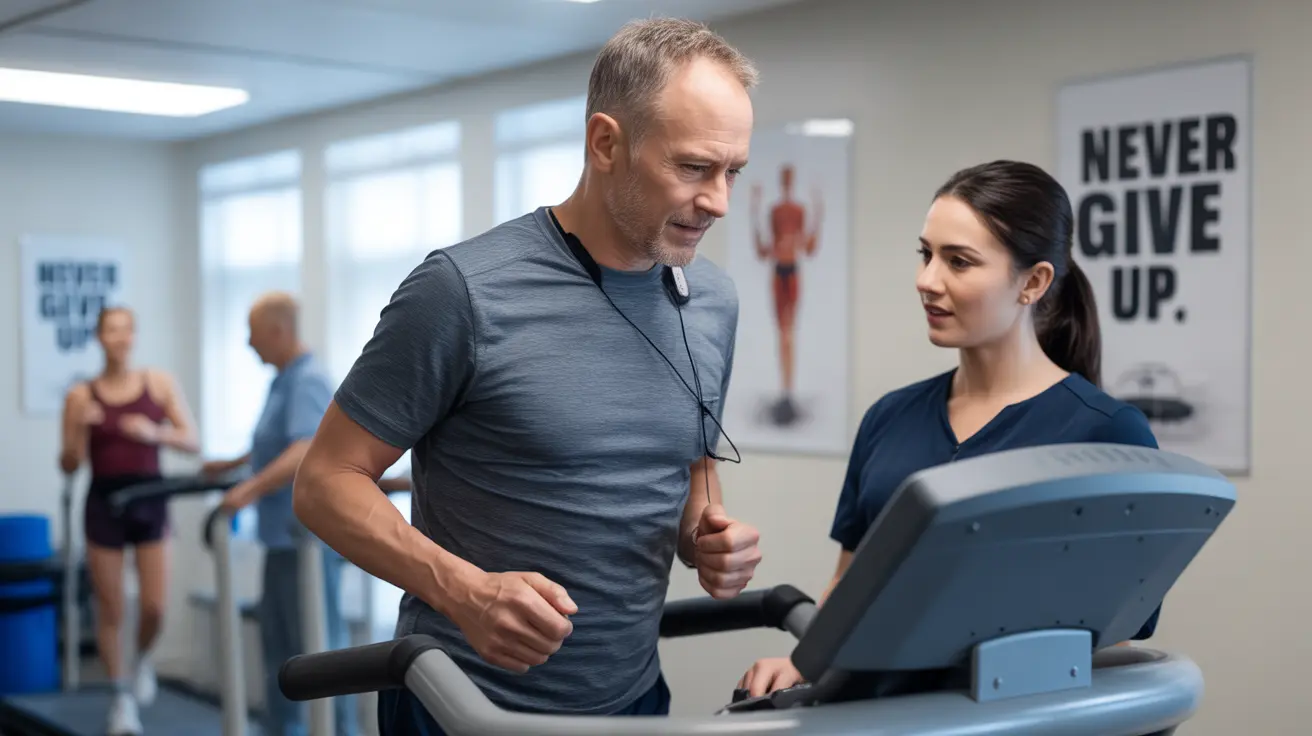Recovering from a heart attack is a critical journey that requires proper medical supervision and rehabilitation. Physical therapy, also known as cardiac rehabilitation, plays a vital role in helping patients regain strength, improve cardiovascular health, and prevent future cardiac events. This comprehensive guide explores how physical therapy can support your recovery journey after experiencing a heart attack.
Understanding the importance of structured rehabilitation and expert guidance can make a significant difference in your recovery outcomes. Let's dive into the essential aspects of physical therapy following a heart attack and how it can help you rebuild your health and confidence.
Understanding Cardiac Rehabilitation
Cardiac rehabilitation is a structured program that combines physical therapy, exercise training, and education to help heart attack survivors recover effectively. This comprehensive approach helps patients regain their strength while learning to manage their heart health better for the long term.
Components of Cardiac Rehabilitation
A well-designed cardiac rehabilitation program typically includes:
- Supervised exercise sessions
- Heart rate and blood pressure monitoring
- Cardiovascular endurance training
- Strength training exercises
- Flexibility work
- Education about heart-healthy lifestyle choices
Starting Your Physical Therapy Journey
The timing of beginning physical therapy after a heart attack is crucial for optimal recovery. Most patients can start their rehabilitation program while still in the hospital, focusing initially on simple movements and gradually progressing to more challenging exercises as their condition improves.
Initial Assessment and Planning
Your physical therapy journey begins with a thorough evaluation by healthcare professionals who will:
- Assess your current physical condition
- Review your medical history
- Determine appropriate exercise intensity levels
- Create a personalized rehabilitation plan
- Set realistic recovery goals
Exercise Programs and Progression
Physical therapy programs after a heart attack are carefully structured to ensure safety while promoting recovery. Exercise intensity and duration increase gradually as your strength and endurance improve.
Types of Exercises
Common exercises included in cardiac rehabilitation programs:
- Walking on a treadmill
- Stationary cycling
- Light resistance training
- Flexibility exercises
- Balance activities
- Breathing exercises
Monitoring and Safety Measures
During physical therapy sessions, healthcare providers closely monitor vital signs and symptoms to ensure exercises are safe and effective. This includes tracking heart rate, blood pressure, and any signs of discomfort or fatigue.
Lifestyle Education and Counseling
Physical therapy after a heart attack isn't just about exercise. It includes comprehensive education about:
- Heart-healthy nutrition
- Stress management techniques
- Risk factor modification
- Medication management
- Smoking cessation support
- Weight management strategies
Frequently Asked Questions
What are the main benefits of physical therapy after a heart attack and how does it help recovery?
Physical therapy after a heart attack helps strengthen your heart muscle, improve cardiovascular endurance, reduce risk of future cardiac events, and restore confidence in physical activity. It also provides structured support for adopting heart-healthy lifestyle changes.
How soon after a heart attack should I start physical therapy or cardiac rehabilitation?
Most patients can begin light physical therapy while still in the hospital, usually within 24-48 hours after their condition stabilizes. A full cardiac rehabilitation program typically starts 2-6 weeks after hospital discharge, depending on individual circumstances and doctor recommendations.
What types of exercises are included in cardiac rehabilitation programs after a heart attack?
Cardiac rehabilitation programs include aerobic exercises like walking and cycling, strength training with light weights, flexibility exercises, and balance activities. All exercises are carefully monitored and progressively increased in intensity based on individual tolerance.
How does physical therapy after a heart attack reduce the risk of future cardiac events?
Physical therapy helps strengthen the heart muscle, improve circulation, lower blood pressure, reduce cholesterol levels, and enhance overall cardiovascular fitness. These improvements, combined with lifestyle education, significantly reduce the risk of future heart problems.
What lifestyle changes and counseling are typically part of physical therapy after a heart attack?
Physical therapy programs include counseling on heart-healthy nutrition, stress management, smoking cessation, weight management, and medication adherence. Patients also receive education about recognizing cardiac symptoms and managing risk factors.




